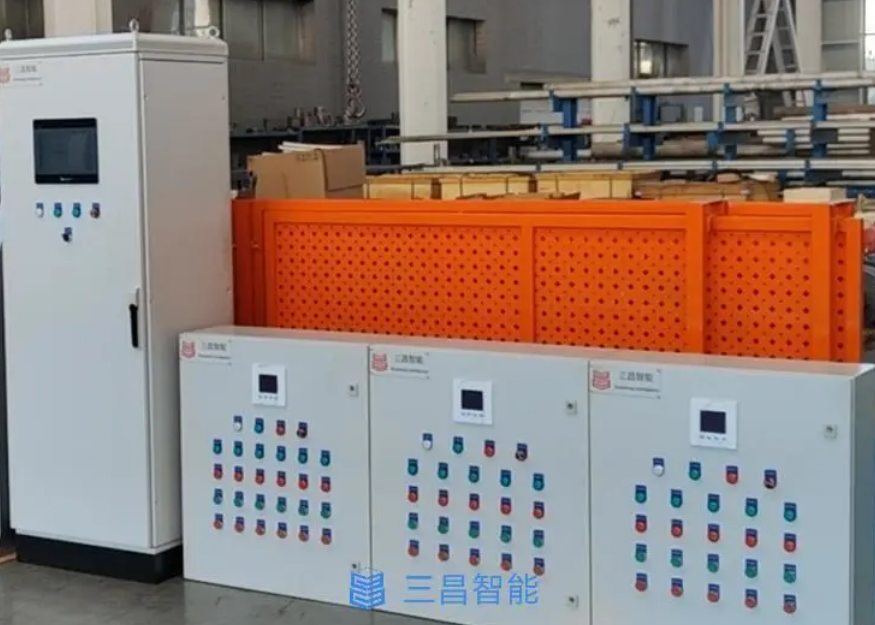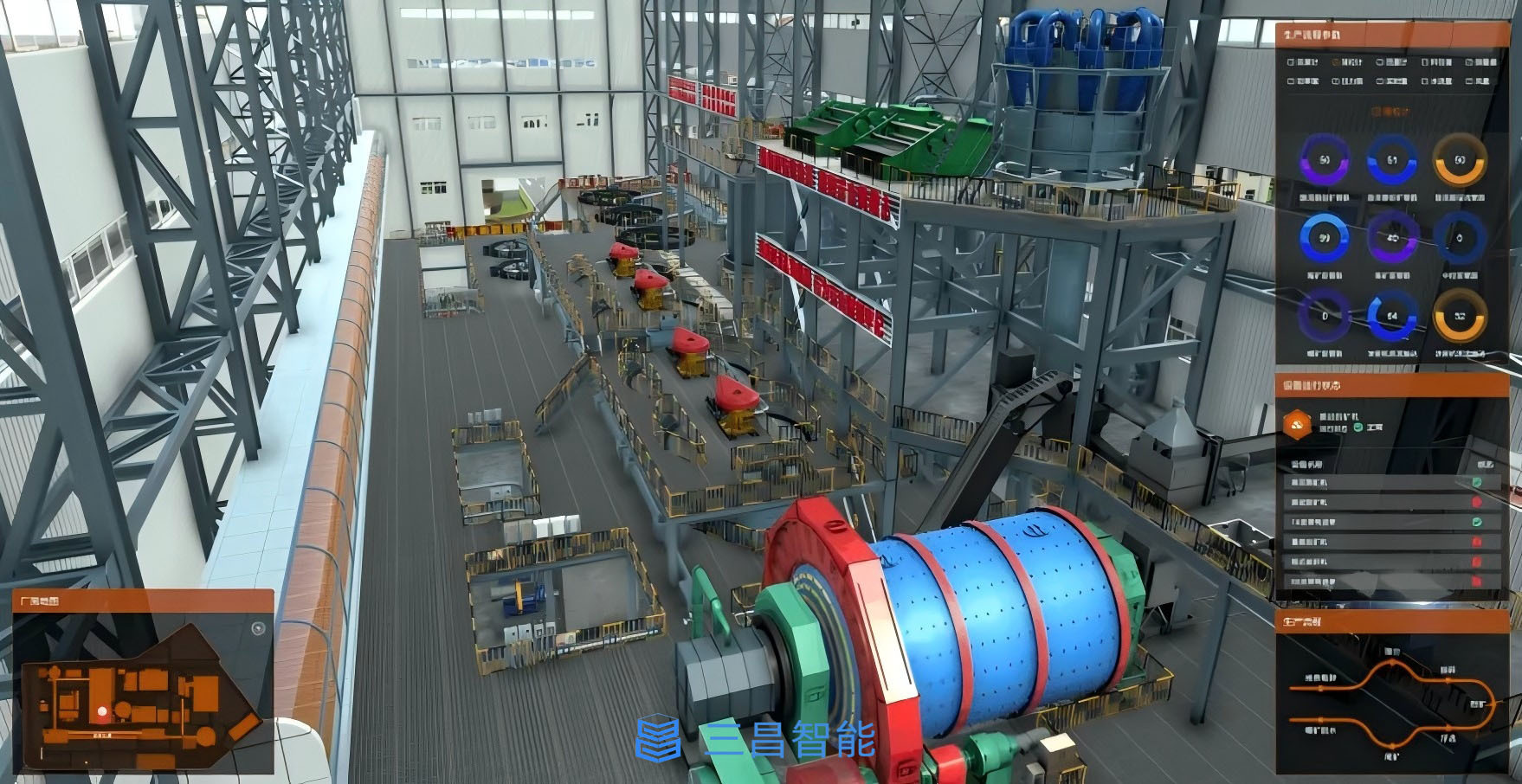How many variable frequency water pumps can be controlled simultaneously by a PLC control cabinet?
Category: Technical Classroom
2025-09-29
In industrial production and various water supply and drainage systems, PLC control cabinets are often used for centralized control of variable frequency water pumps, and "one PLC control cabinet can control several variable frequency water pumps simultaneously" is a frequently discussed issue in practical applications. There is no unified answer to this question, as the number of variable frequency water pumps that can be controlled is influenced by multiple factors. Analysis is needed from different dimensions such as PLC performance, control cabinet configuration, and system operation requirements. The following will specifically explore the relevant influencing factors from five key aspects.
1. The influence of the number of PLC output points on the control of the number of variable frequency water pumps
The number of output points of the PLC in the PLC control cabinet is one of the fundamental factors affecting the control of the number of variable frequency water pumps. Different models of PLCs have different numbers of output points, and each variable frequency water pump usually requires at least one output point to transmit control signals, such as start stop signals, speed control signals, etc. If there are a large number of PLC output points, and other conditions are met, the number of variable frequency water pumps that can be connected is relatively more; If the number of output points is limited, the number of variable frequency water pumps that can be controlled will be restricted. In practical applications, it is necessary to plan the matching relationship between the selected PLC output point specifications and the control requirements of the variable frequency water pump in a reasonable manner.
2. The correlation between PLC communication capability and controlling the number of variable frequency water pumps
The communication capability of PLC will also have an impact on the number of controllable variable frequency water pumps. When using communication methods to control variable frequency water pumps, such as through communication protocols such as Modbus and Profinet, the number of communication ports, communication rate, and transmission efficiency of the communication protocol of the PLC will determine the number of variable frequency water pumps that can be connected and controlled simultaneously. If the PLC communication ports are sufficient, the communication speed is high, and the protocol transmission efficiency is good, and the communication link is stable, more variable frequency water pumps can be controlled simultaneously; On the contrary, if communication resources are limited or transmission efficiency is low, the number of controllable water pumps will decrease.
3. The role of program design in PLC controlled variable frequency water pump quantity
The programming quality and complexity of PLC will affect its ability to simultaneously control the number of variable frequency water pumps. The control program written needs to monitor, logically judge, and send instructions for the operating status of each variable frequency water pump, such as adjusting the pump speed or switching the running water pump based on parameters such as water level and pressure. If the program design is concise, the logic is clear, and the calculation resources of the PLC can be reasonably allocated, within the allowable range of the PLC calculation ability, more variable frequency water pumps can be controlled simultaneously; If the program has a lot of redundancy and complex logic, it will occupy a large amount of computing resources, resulting in a reduction in the number of controllable water pumps.
4. The relationship between the load capacity of the control cabinet and the number of variable frequency water pump controls
The load capacity of the PLC control cabinet is an important limiting factor in controlling the number of variable frequency water pumps. In addition to PLC, the control cabinet also contains electrical components such as circuit breakers, contactors, and frequency converters, all of which have rated load capacity. Each variable frequency water pump consumes a certain amount of electrical energy while generating corresponding current and voltage loads during operation. If the load capacity of the control cabinet is large and can withstand the load generated by the operation of more variable frequency water pumps, the number of controllable water pumps is relatively large; If the load capacity is insufficient, the number of controlled water pumps needs to be reduced.
5. The impact of system stability requirements on control quantity
Ensuring the stability of the entire control system is a key consideration in determining the number of variable frequency water pumps controlled by the PLC control cabinet. When there are a large number of variable frequency water pumps being controlled simultaneously, the probability of problems occurring in the signal interaction and power supply between various devices in the system will increase, which may lead to unstable system operation, such as abnormal start stop of water pumps, inaccurate speed adjustment, etc. To ensure stable operation of the system, it is necessary to reasonably determine the number of variable frequency water pumps to be controlled based on actual equipment performance, operating environment, and other factors. If high stability is required for the system, it is usually appropriate to reduce the number of pumps controlled simultaneously to reduce the risk of system failure.
Taking into account the above five factors, there is no fixed standard for the number of variable frequency water pumps that can be controlled simultaneously by a PLC control cabinet. It needs to be determined based on the actual situation of PLC output points, communication capabilities, program design, control cabinet load capacity, and system stability requirements. In practical applications, reasonable configuration should be made according to specific needs.




